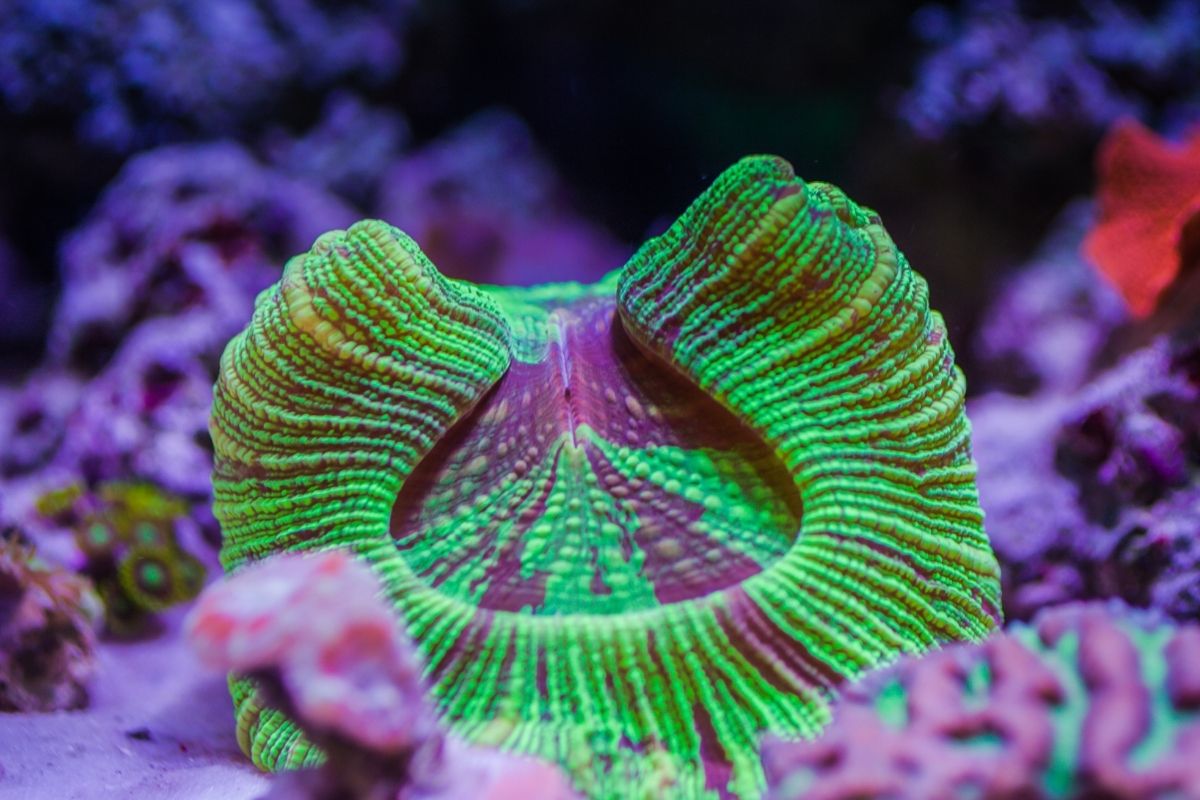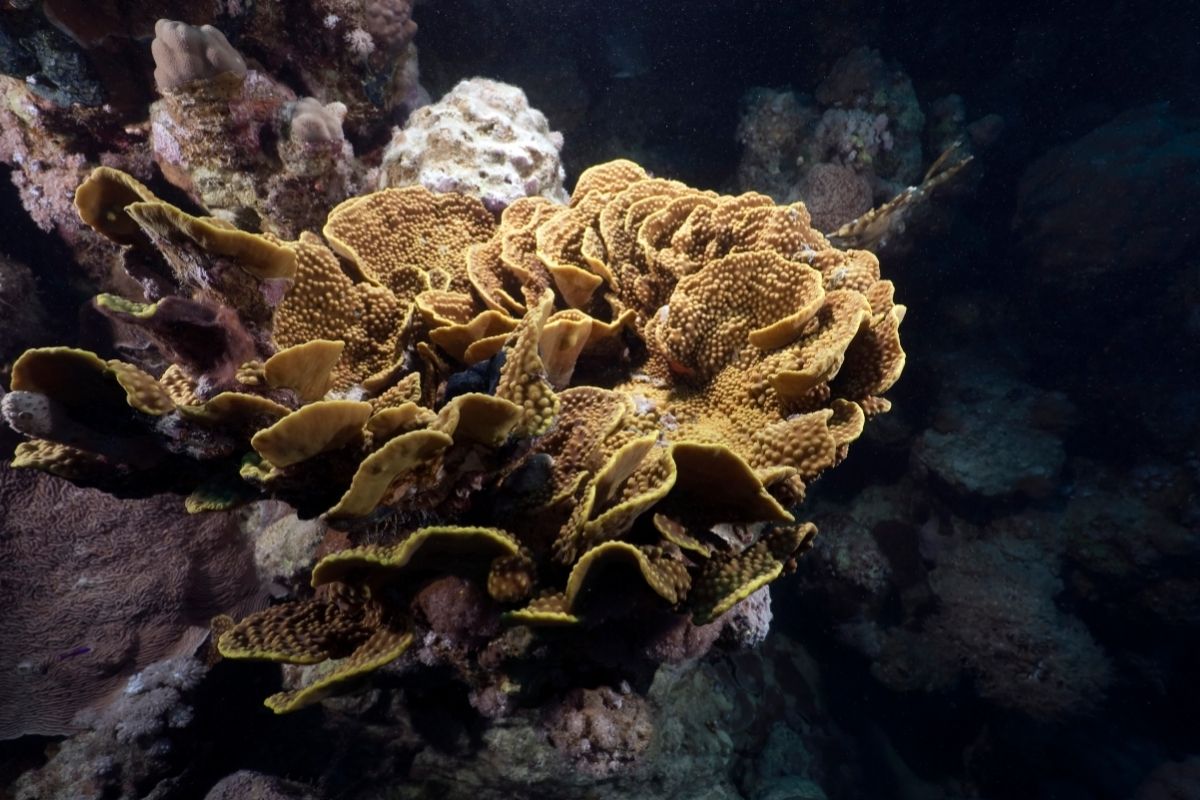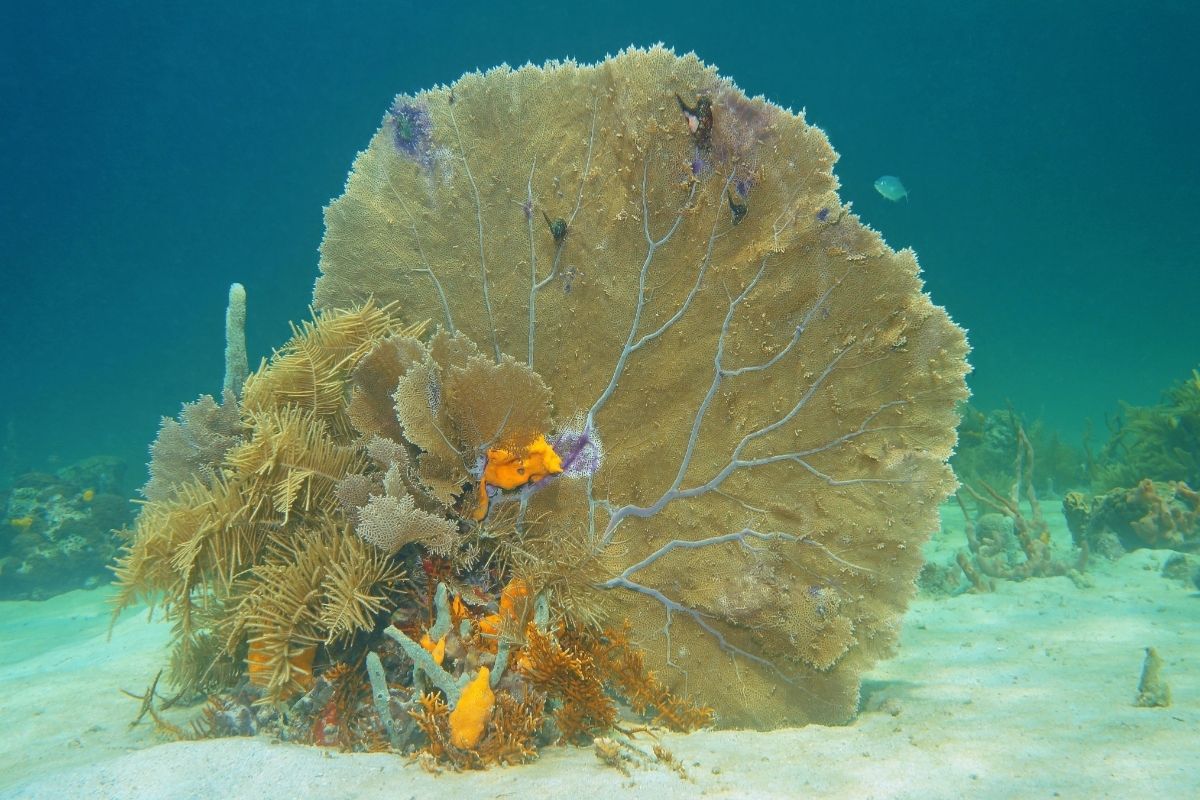We live in a strange world, full of wild and mysterious places that we have yet to charter, from the rainforests of South America to the caverns of Vietnam. So if you want to know more about coral plants, then you have come to the right place.
And while these locations seem to have come from another world, there is one place that still rivals them in terms of its secrets.
Despite covering over half the planet, we still know very little about the depths of the ocean, or the strange creatures that reside there.
The ocean could even be described as an alien world, as it blossoms with colorful and vibrant life.
Of course, there are some things we do know about the sea, such as its connection to the moon and the various corals that inhabit its blue waters.
In the following article, we have compiled a list of coral plants from around the world, so that you can learn more about these strange and fascinating creatures.
We have also included helpful facts about each species, such as the depth at which they grow and their role in the ocean’s ecosystem.
So if you have the sea and want to know more about its inhabitants, this article has everything you need to get started…
1. Elkhorn Coral (Acropora Palmata)

To begin our selection, we have chosen the elkhorn coral, which remains one of the most widely distributed corals in the Caribbean Sea.
Capable of growing up to 12 feet, this coral likes to grow in large thickets, where its size makes it the ideal hiding place for marine animals such as the reef octopus.
Unfortunately, the species is now threatened throughout its habitat, where it can be killed by human intervention and white band disease.
2. Open Brain Coral (Trachyphyllia Geoffroyi)

The next coral on our list is the open brain coral, a popular species that can be found in aquariums across the world.
Characterized by its brain-like structure, the coral boasts a rainbow of different colors and prefers to grow in waters less than 130 feet deep.
Despite being native to the Indo-Pacific Ocean, the open brain coral is known to bleach in the wild, which is why it is classed as a threatened species.
3. Bubble Coral (Plerogyra Sinuosa)

Boasting a stunning bubble-like structure, the bubble coral is a recognizable species that remains popular among reef enthusiasts.
Found in the Indo-Pacific Ocean, this coral actually has bubble-shaped tentacles, which can expand and contract depending on its feeding structure.
Nevertheless, the bubble coral is also considered an endangered species, as its natural habitat is being threatened by climate change.
4. Staghorn Coral (Acropora Cervicornis)

Similar to the elkhorn coral, staghorn coral plays an important role in the ecosystem of the Caribbean Sea, where it can be identified by its antler-like shape.
Staghorn corals will commonly grow in large thickets, which make them the ideal habitat for fish and other marine creatures.
Unfortunately, the species has also been decimated by white band diseases, which has reduced its numbers.
5. Leaf Coral (Pavona Decussata)

Despite its stony appearance, this species is called the leaf coral and is a living creature that thrives in the shallow waters of the Indo-Pacific Ocean.
While the coral is widely distributed throughout its natural habitat, little is known about the species and its population.
These days, it is believed that the leaf coral is under threat of widespread bleaching, with the animal being classed as a vulnerable species.
6. Vase Coral (Montipora Capricornis)

Native to the Indo-Pacific Ocean, vase coral is a popular species among home aquarists, who will use the creature to decorate their tanks.
Despite its name, the coral does not look like a vase and instead takes the shape of large lily-pad structures in various shades of red and green.
While the species is capable of thriving in captivity, it also has a symbiotic relationship with zooxanthellae, which are single-celled organisms that perform photosynthesis.
7. Venus Sea Fan Coral (Gorgonia Flabellum)

Boasting large vertical structures, the venus sea fan is a popular soft coral that can be found across the Caribbean, although it is most commonly found in the Bahamas.
Despite its lack of a calcium carbonate shell, the species is able to thrive in harsh conditions and reach a height of up to 7 feet.
The venus sea fan also sports a number of coral polyps on its tentacles, which it uses to feed on plankton that float through the water.
8. Sun Coral (Tubastraea)

Named for their sun-like appearance, this genus of corals can be found throughout the Caribbean, where they will thrive in deep waters.
Because sun corals do not use photosynthetic organisms for sustenance, they are considered easier to look after than other species and are often favored for their vibrant colors.
Despite their size, sun corals are also capable of consuming large amounts of food, such as shrimp and certain varieties of fish.
9. Lettuce Coral (Agaricia Agaricities)

Considered one of the most common species in the Atlantic Ocean, the lettuce coral is known for its distinctive lettuce-shaped structures, which grow in deep lagoons and seagrass meadows.
Because of the range of its population, the lettuce coral is one of few coral species listed as a species of least concern.
However, this does not mean that the coral is unaffected by climate change, as the species has been known to bleach because of the rising temperatures.
10. Organ Pipe Coral (Tubipora Musica)

The organ pipe coral is a species of soft coral that can be found throughout the central and western Pacific, where it is known for its long pipe-like structures.
Despite being classed as a soft coral, the species do actually boast a hard skeleton made from calcium carbonate.
When the organ pipe coral dies, the species will leave its skeleton behind, where it will sit on the ocean floor and take on a bright red hue.
11. Grooved Brain Coral (Diploria Labyrinthiformis)

Named for its brain-like appearance, the grooved brain coral boasts a set of ribbed structures, which usually come in shades of green and brown.
Capable of reaching up to 6 feet in diameter, the coral will commonly grow in small colonies, which give the appearance of a single form.
While the grooved brain coral is susceptible to bleaching and disease, it appears to be more resilient than other species and is considered a coral of least concern.
12. Boulder Star Coral (Montastrea Annularis)

Commonly known as the boulder star coral, this species can be found across the western Atlantic, where it is said to thrive in the waters of the Caribbean.
Being one of the more abundant reef-building corals in the world, the species can be found at depths of 260 feet, where it will produce boulder-like formations with dozens of individual polyps.
Despite its widespread population, the boulder star coral is also considered an endangered species, with its natural habitat being threatened by climate change.
13. Great Star Coral (Montastraea Cavernosa)

Similar to the previous coral on our list, the great star coral is a species known for its rock-shaped structures, which form a symbiotic relationship with zooxanthellae to sustain its nutrition.
When encountering the species in the wild, it will take the form of large dome-like structures, which come in shades of red, green and brown.
While the coral is commonly found in the Caribbean, it is also known to grow around the Gulf of Mexico and the coasts of western Africa.
14. Clubbed Finger Coral (Porites Porites)

One of the smallest species of coral on our list, the clubbed finger coral can be found in the Caribbean and parts of western Africa, where it is known for its blue color and finger-like structures.
Despite its small stature, the coral is capable of living a long and impressive life, with some specimens even lasting for many centuries.
Fortunately, the clubbed finger coral is also one of few species not under the threat of extinction, as it is widespread and boasts a bountiful population.
15. Common Mushroom Coral (Fungia Fungites)

Considered one of the more recognizable corals, the common mushroom coral is a small animal that can be found in the warm waters of Hawaii.
Known for its distinctive appearance, the coral is said to resemble a mushroom and will live a solitary life along the reefs and wrecks of the Polynesian island.
During its lifetime, the mushroom coral will detach itself from its home reef and sink to the bottom of the sea, where it will live out the rest of its life on the seafloor.
RELATED: Bells And Whistles: 16 Different Types Of Coral Bells
16. Colorful Sea Whip (Leptogorgia Virgulata)

For the final coral on our list, we have the colorful sea whip, a species of soft coral that can be found along the western coast of the Atlantic Ocean.
Known for its thin branch-like arms, the species can reach up to 24 inches tall and will usually come in shades of red, pink and orange.
Because of its dense structures, the colorful sea whip has become an important habitat for countless species, such as the Atlantic oyster and several varieties of shrimp.
Conclusion
As you can see, there are many coral plants that inhabit the ocean, with our list only covering a small fraction of the species available.
While the corals we have listed are among the most common, there are still countless others that you can discover through your own research.
Editor’s Recommendations
12 Awesome Plants That Start With The Letter V (Including Pictures)







